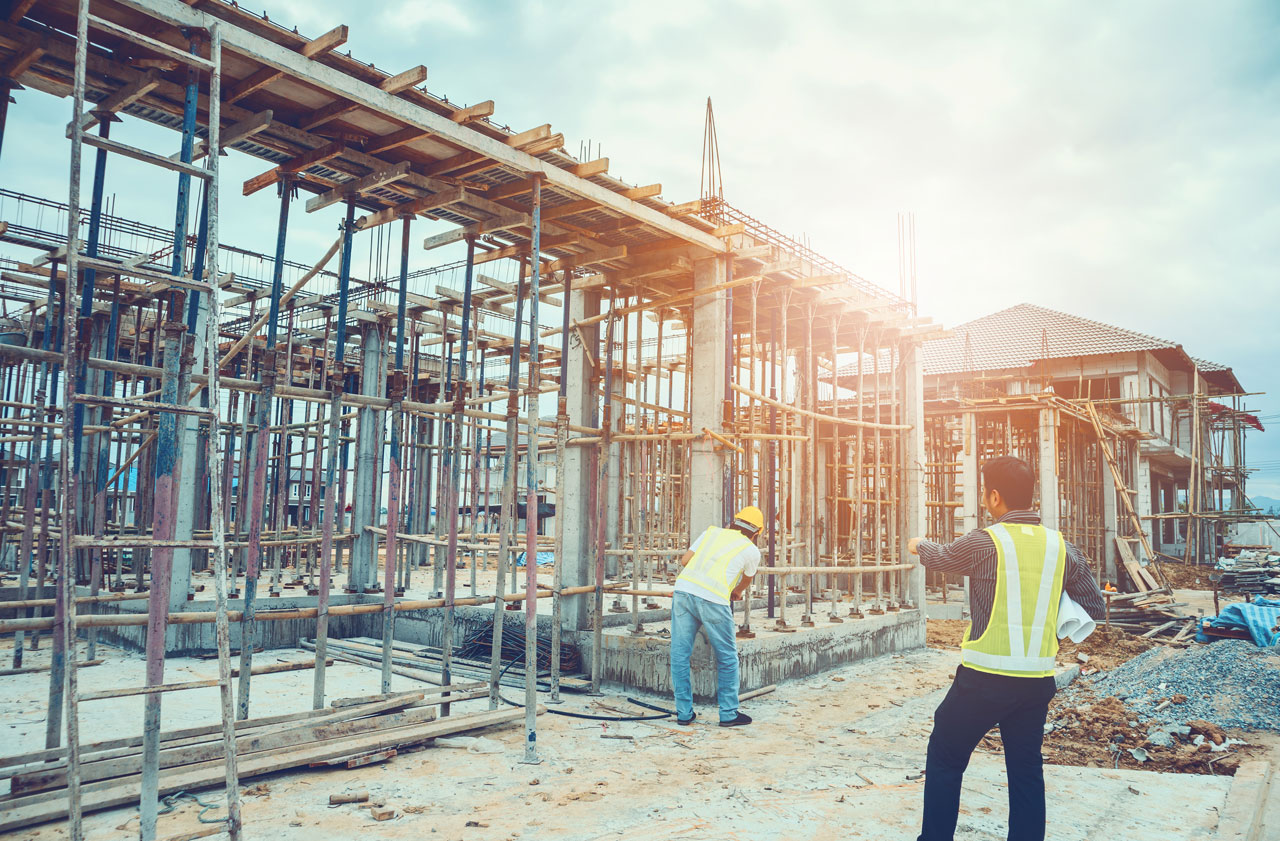Exploring different quality building materials
When you’re building a home, one of the most important decisions you’ll make is choosing quality building materials. This decision is crucial because it directly affects how durable, attractive, and functional your house will be. By selecting high-quality building materials, you ensure that your home is both visually appealing and built to withstand different weather conditions. Here, we share some of the key materials that should be given special consideration during the purchase process:
Cement
Cement is perhaps one of the most important parts of almost any construction. It is typically combined with sand and gravel to create concrete, or with fine aggregate to produce mortar for masonry. Cement is rarely used alone; instead, it acts as an important component that binds other materials, allowing them to form solid structures.
- Ordinary Portland Cement (OPC): It is composed of a mixture of clay, limestone, and other additives. OPC is renowned for its remarkable strength, making it ideal for various construction applications. One of its notable characteristics is its ability to set quickly, allowing for faster construction progress. This attribute is particularly advantageous in time-sensitive projects. Moreover, OPC demonstrates excellent resistance to weather conditions, making it suitable for use in diverse climates and environments.
- Portland Pozzolana Cement (PPC): It is a type of cement that consists of three main components: pozzolanic cement, gypsum, and clink. To produce PPC, limestone and clay are heated at a high temperature, typically between 800 to 1,000 degrees Celsius. This heated mixture is then combined with gypsum and pozzolana material to create PPC cement. One of the key properties of PPC is its ability to make concrete dense and impermeable, meaning it helps prevent the penetration of water and other substances into the concrete structure.
- Portland Slag Cement (PSC): It is a blended cement. It incorporates slag, which is a by-product of the iron and steel manufacturing process. In addition to its strength, PSC enhances the durability of concrete structures. It provides increased resistance against chemical attacks, sulphate attacks, and chloride penetration, which ultimately extends the service life of the structures and reduces the need for frequent maintenance. Another advantage of PSC is its positive impact on workability. It improves the overall workability of concrete, making it easier to handle, place, and finish.
Ready mix concrete (RMC)
It is a special kind of concrete made in a cement factory called a batching plant. To make RMC, specific amounts of ingredients are carefully measured and mixed. Then, trucks with mixers transport it to the construction site. RMC allows builders and contractors to create custom concrete mixes that meet the exact needs of their projects. The best part is that RMC is ready to use when it arrives at the site, making construction more convenient and dependable. Here we discuss some of the common RMCs –
- Decorative concrete: Decorative concrete takes ordinary grey concrete and elevates its appearance by adding texture, colour, or both. It enhances the aesthetics of your structure while still serving its essential role as a crucial building component.
- Self-compacting concrete: It refers to fresh concrete that has the ability to flow effortlessly under its own weight without the need for external vibration to achieve compaction. It is particularly beneficial in construction projects where using vibrators for concrete consolidation is challenging.
- Fibre-reinforced Concrete: Fibre-reinforced concrete contains small fibres, typically made of materials such as steel, glass, or synthetic polymers. These fibres enhance the concrete’s strength, crack resistance, and impact resistance. Fibre-reinforced concrete is often used in industrial flooring and precast products.
Wood
Wood has been a widely used construction material for centuries and continues to be favoured in the industry. Its versatility and variety of properties make it suitable for a range of applications. Hardwood, known for its strength and density, is commonly used for walls, ceilings, and floors, as well as high-quality furnishings and interior joinery. Softwood, on the other hand, is used for inner structures such as doors, window frames, and furniture. Wood used in construction is often referred to as lumber or timber, depending on its size and intended use. It offers numerous benefits, including thermal and acoustic insulation, adaptability, subjective comfort, and structural stability. One of the key advantages of wood is its renewability when responsibly sourced, as it is a durable, reusable, and recyclable material.
Building your home? Looking for information to make informed decisions?
You can check useful insights here. We offer step-by-step instructions, tips, and expert advice on various aspects of construction, from planning and design to selecting materials.






